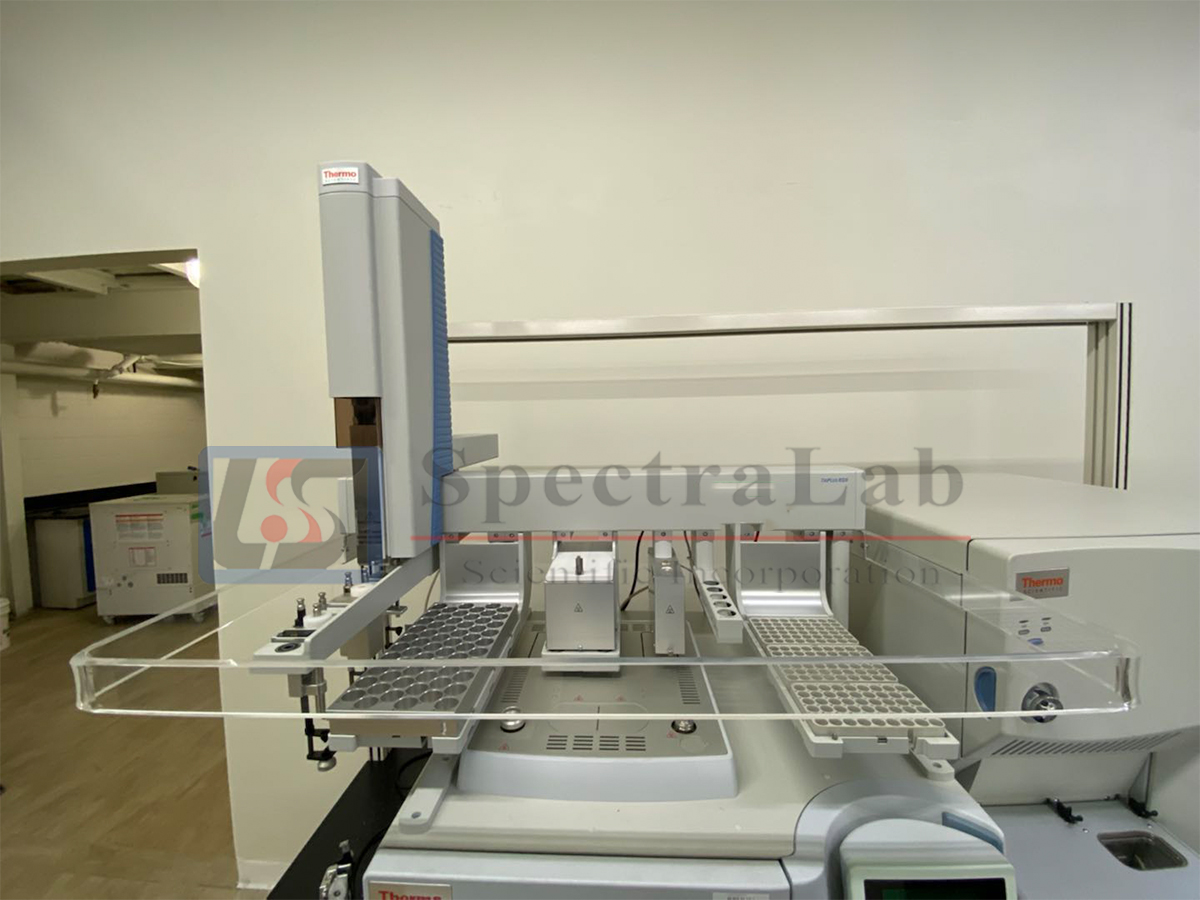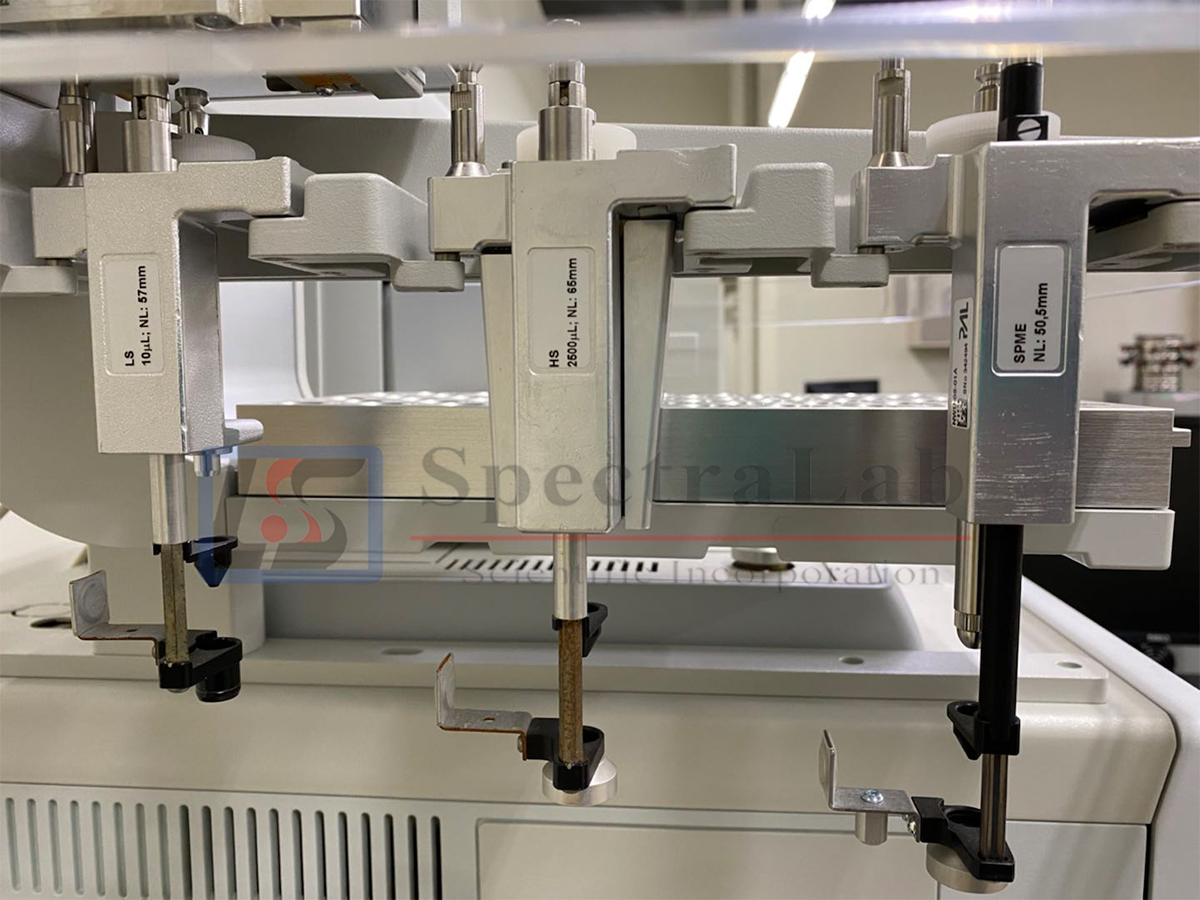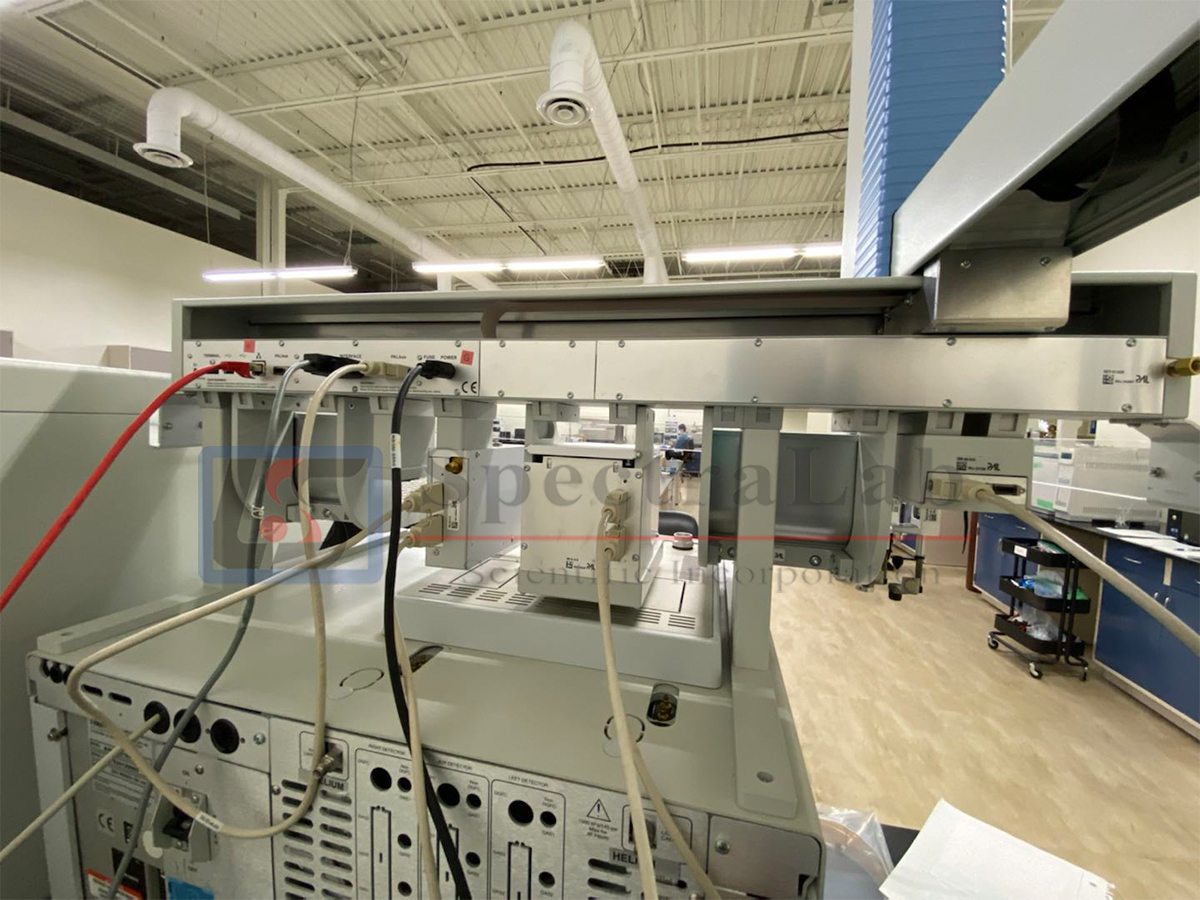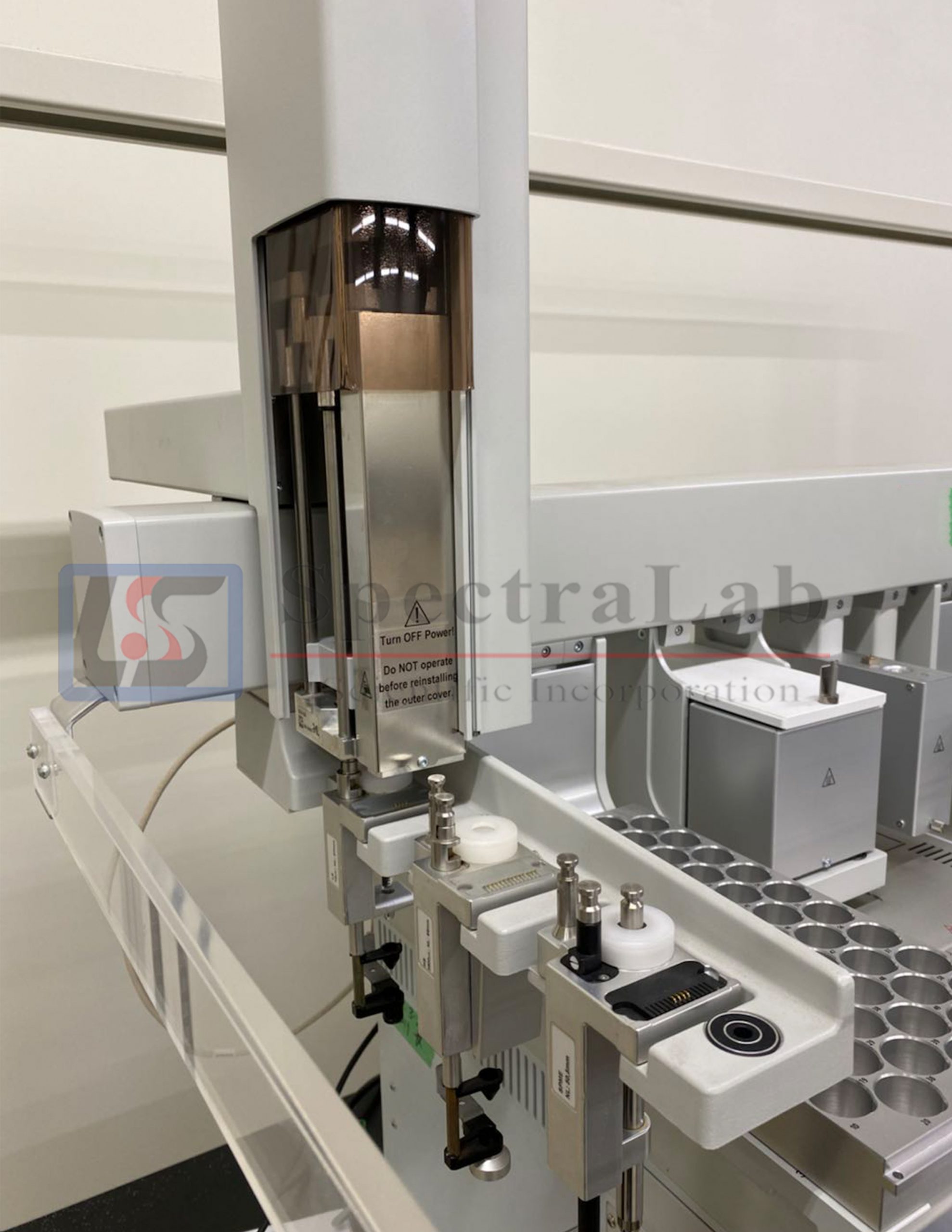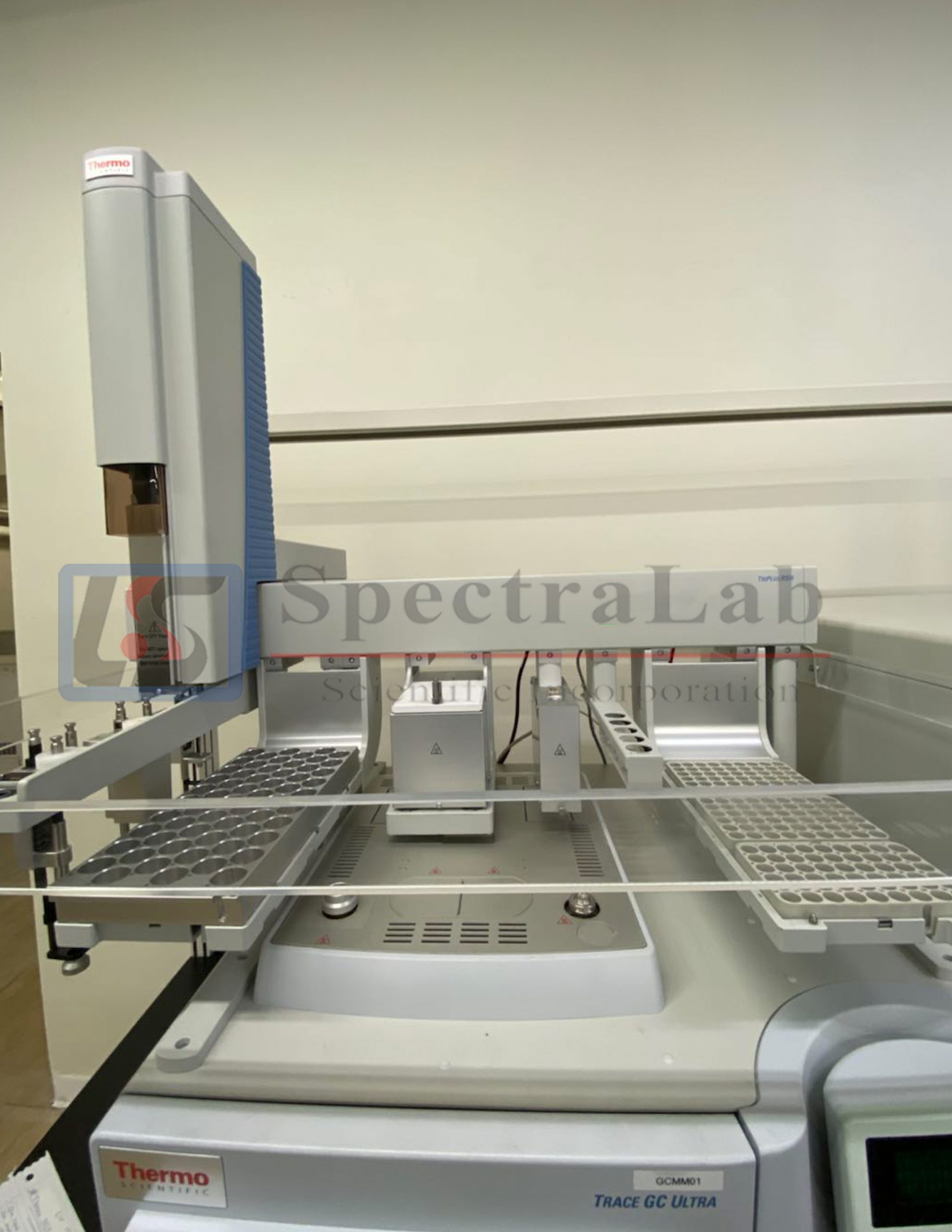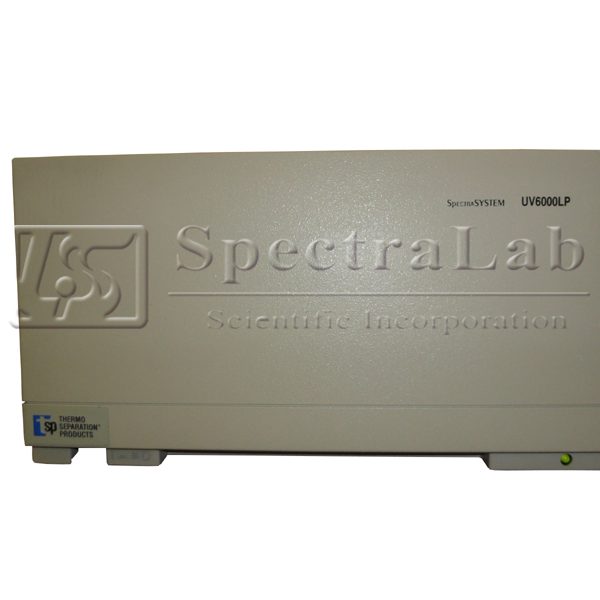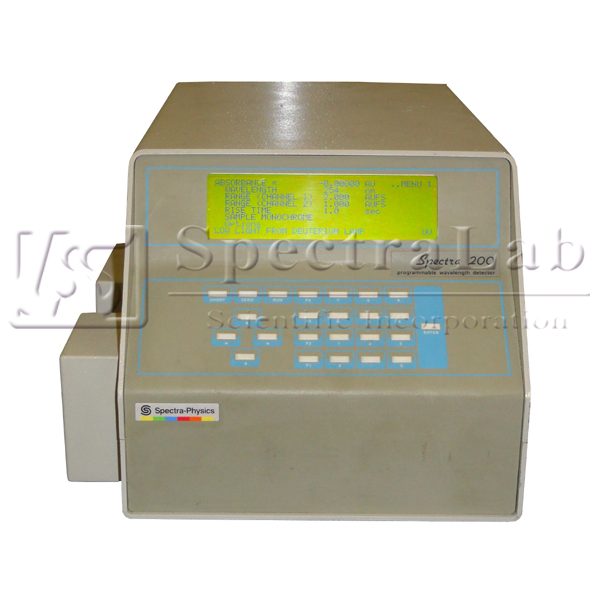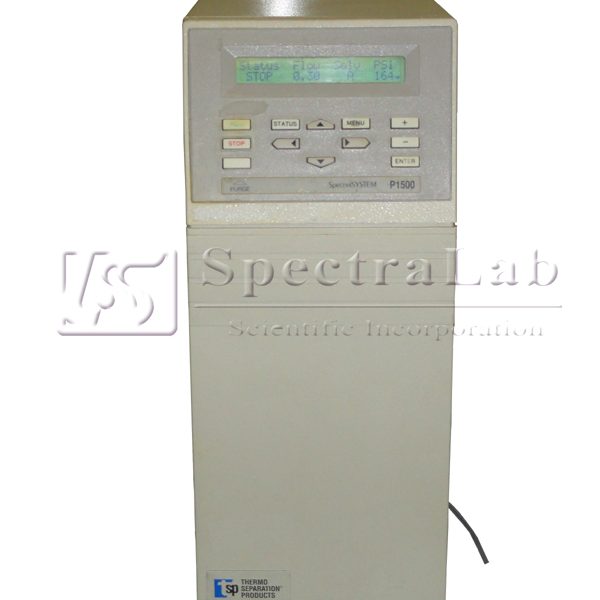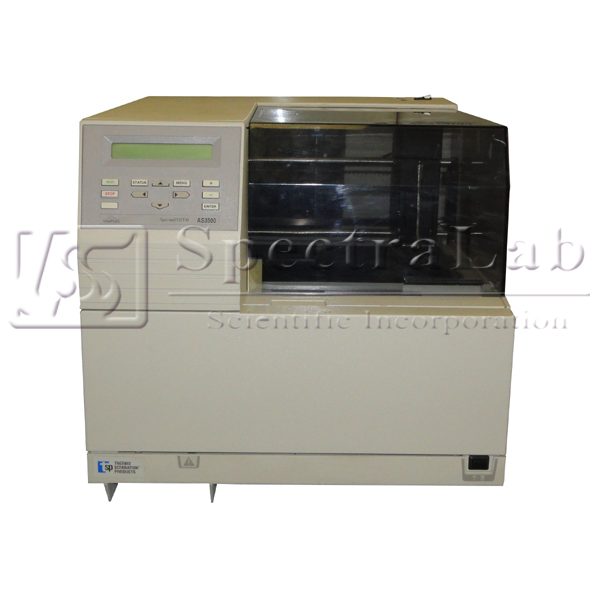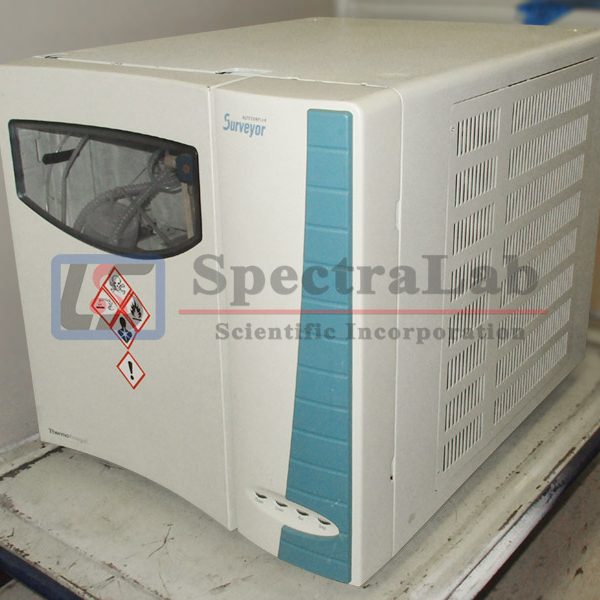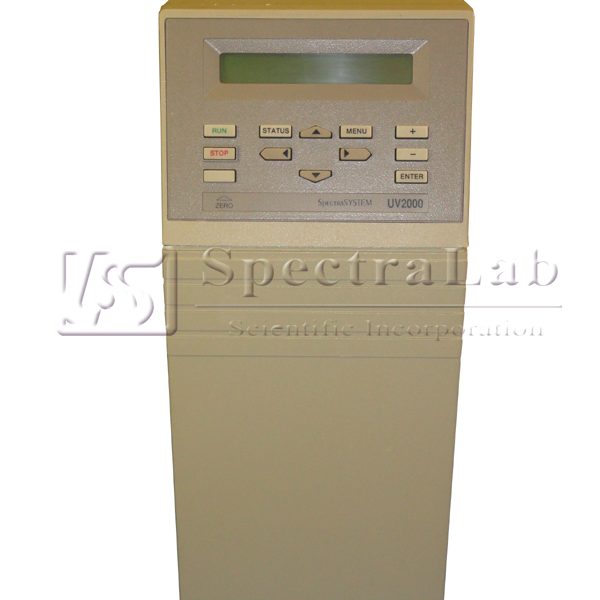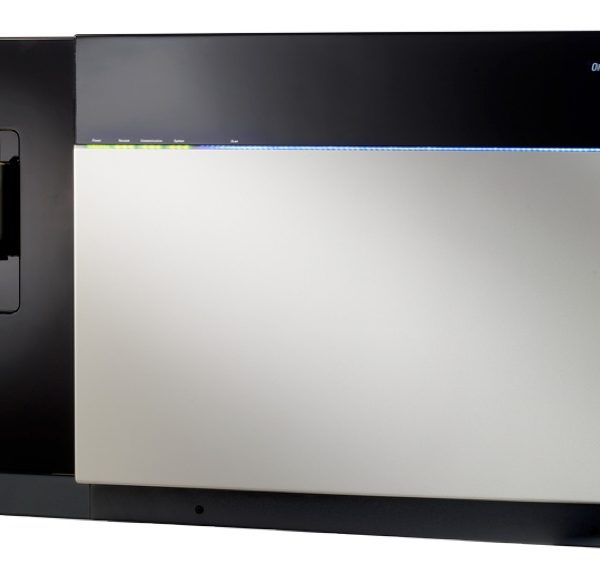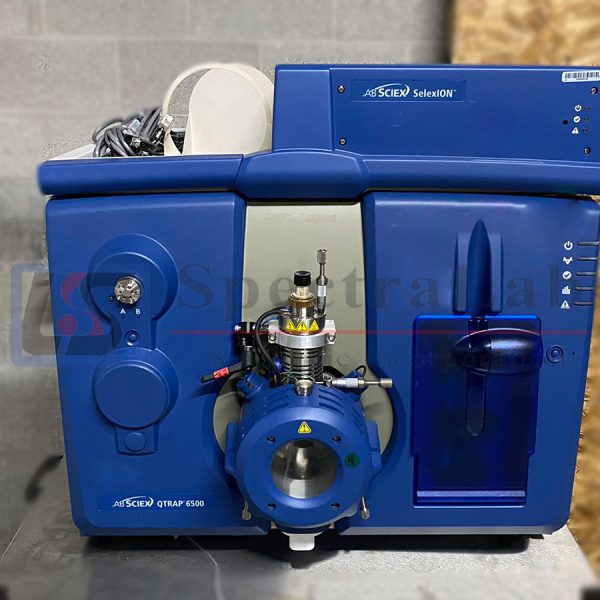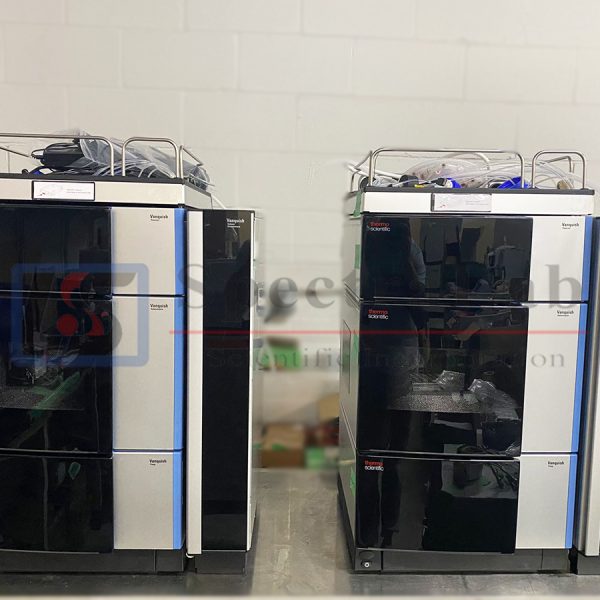The TriPlus RSH autosampler brings together technological innovations that further expand productivity, performance and versatility for GC and GC/MS applications. Automated high-precision sample handling eliminates the manual labor and downtime typically required for tasks as standard/sample dilutions, internal standard addition and derivatization.
Automatic Syringe Changeout
- Automatic Tool Change (ATC) capability automates the use of different syringes for sample preparation steps or different injection techniques within the sequence.
Unprecedented Sample Capacity
- Capacity for up to 972 2 mL sample vials combined with multiple 100 mL wash/waste bottles allow for long unattended operation maximizing productivity.
Vial Bottom Sensing Expands Application Range
- Precise detection of vial bottoms enables the autosampler to accurately withdraw from sample amounts as little as 5 µL, enhancing data quality of sample-limited applications.
Flexible liquid sample handling
- Optimized liquid injection modes and customizable syringe filling techniques, support a wide range of sample types and full GC inlet compatibility.
Automated headspace injection for volatile analysis
- High temperature gas-tight syringe allows direct headspace injection into the GC inlet for increased injection volume flexibility.
- Sample vial capacity of up to 300x 10 mL/20 mL vials and sample incubation overlapping, facilitate long unattended operation.
Automated, solvent-free SPME
- Precise control of all steps—fiber preconditioning, adsorption and desorption, fiber washes—delivers maximum performance for SPME applications.
- Boost productivity with the optimized SPME Arrow design. It offers optimized fiber geometry to achieve 10x superior sensitivity compared to classical SPME, 2x faster extraction time and superior robustness.
Automated Sample Preparation
The Triplus RSH combines highly versatile sample injection capability with automated sample preparation procedures, eliminating typical GCMS workflow bottlenecks.
Daily operations ranging from sample/standard dilution to more complex derivatization protocols, can be fully automated. Common steps include:
- Sequential dilution
- Calibration dilution
- Standard addition
- Batch sample derivatization
- Sequential sample derivatization
- Heating/mixing
- Vortexing
- Ambient temperature headspace
- Ambient temperature SPME

